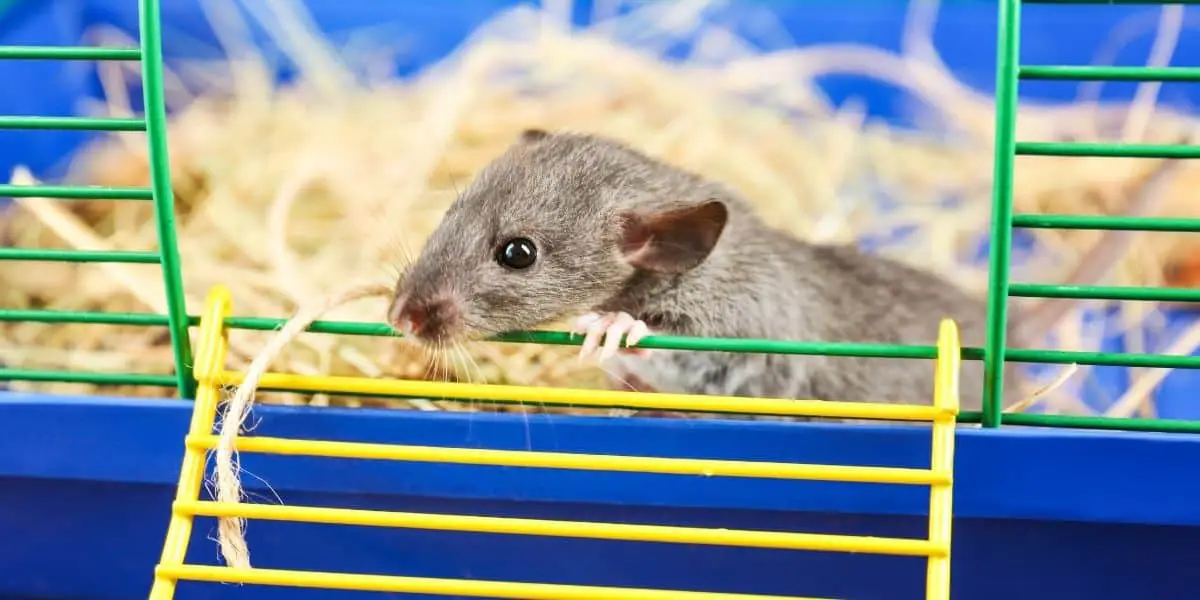

The rodents are the last remaining nonnative mammals on the archipelago, which is one of the richest marine environments on the globe, supporting as many as 300,000 seabirds at a time, the largest colony in the continental United States. It's so bad around the 124-year-old Victorian house where scientists study the island ecosystem that the ground itself sometimes appears to be moving, biologists say. Densities of 500 mice per acre - as many as 60,000 in all - have been counted on the islands during peak season, the highest density of rodents on any island in the world. It is believed the Eurasian house mice disembarked from seal-hunting ships visiting the 120-acre South Farallon Islands in the 19th century and multiplied at a feverish pace over the last century. Michael Macor/The Chronicle Show More Show Less Officials say the mouse population has grown so large that they have altered the ecology of the island. When the mouse population dwindles on the island, Burrowing owls turn to the Ashey Storm-Petrel for it's food supply.Efforts to control the non-native house mice problem in the Farallon Islands have failed. When the mouse population dwindles on the island, BurrowiThe wings of Ashy Storm-Petrels fill a bucket, on Wednesday October 12, 2011, the birds were eaten by the Burrowing Owl population on south east Farallon Island off the coast of San Francisco, Ca. Michael Macor/The Chronicle Show More Show Less 5 of6 The wings of Ashy Storm-Petrels fill a bucket, on Wednesday October 12, 2011, the birds were eaten by the Burrowing Owl population on south east Farallon Island off the coast of San Francisco, Ca. Efforts to control the non-native house mice problem in the Farallon Islands have failed. When the mouse population dwindles on the island, Burrowing owls turn to the Ashey Storm-Petrel for it's food supply. When the mouse population dwindles on the island, BurroFarallon biologist, Pete Warzybok, holds a Ashy Storm-Petrel chick, which is nesting along the cliffs of south East Farallon Island off the coast of San Francisco, Ca., on Wednesday October 12, 2011. Michael Macor/The Chronicle Show More Show Lessģ of6 4 of6 Farallon biologist, Pete Warzybok, holds a Ashy Storm-Petrel chick, which is nesting along the cliffs of south East Farallon Island off the coast of San Francisco, Ca., on Wednesday October 12, 2011. Efforts to control the non-native house mice problem in the Farallon Islands have failed, officials say the mouse population has grown so large that they have altered the ecology of the island. Efforts to control the non-native house mice problem in the Farallon Islands hCalifornia sea lions at Seal Cove, one of the many species of wildlife found on south east Farallon Island, on Wednesday October 12, 2011, off the coast of San Francisco, Ca. Michael Macor/The Chronicle Show More Show Less 2 of6 California sea lions at Seal Cove, one of the many species of wildlife found on south east Farallon Island, on Wednesday October 12, 2011, off the coast of San Francisco, Ca. When the mouse population dwindles on the island, Burrowing owls turn to theA house mouse, part of the over population of mice on the island, eats a spider on south east Farallon Island off the coast of San Francisco, Ca., on Wednesday October 12, 2011. 1 of6 A house mouse, part of the over population of mice on the island, eats a spider on south east Farallon Island off the coast of San Francisco, Ca., on Wednesday October 12, 2011.


 0 kommentar(er)
0 kommentar(er)
